Propagation is simply the practice of using a specific technique to create a new plant.
The technique will use a part of the origin plant (known as the mother plant) in order to create offspring.
Propagation techniques include various forms of grafting, by seed, layering (including air layering), division, budding and cuttings.
Cuttings extend to softwood, semi-ripe, hardwood and root cuttings.
Types of plants to grow from cuttings
Soft wood cuttings
In this article and next week’s, I’m focusing on propagation via cuttings. Soft wood cuttings are taken from spring to early autumn and plants that favour this method will include both harder and tender perennials such as Chrysanthemum, Fuchsia, Hydrangea, Pelargonium and more.
Soft wood cuttings are often used for species thought to be more difficult to propagate.
This is because softwood cuttings are areas actively in growth and are therefore high rooting potential in the undifferentiated meristem.
Due to their soft nature they lose water easily and require great care once taken in order to stop them drying out but also care not to excessively water them which will cause fungal issues to arise.
Semi-ripe cuttings
Semi ripe cuttings are slightly more lignified and mature than softwood.
These are taken from late summer to mid-autumn and plants that favour this method will include climbers like ivy and passion flower, hedging like box and Portuguese laurel, herbs like rosemary and lavender and even trees like holly as well as a fair range of conifers.
Semi-ripe cuttings are actually subdivided into four categories. Basic semi-ripe where a cutting is taken below a leaf to leave a 10-15cm stem with a small area of leaf (often a normal leaf is cut in half), heel cutting where a cutting is pulled away from a main stem on the mother plant to leave a snag which will root.
Basal cuttings where the swollen area of the stem is cut at the base, and lastly mallet cuttings where an individual leaf is planted with a piece of stem still attached.
Hardwood cuttings
Hardwood cuttings are taken mid-autumn to late winter. Plants that favour this method will include trees like poplar and willow, climbers like jasmine and honeysuckle and fruit like gooseberries and red currents.
Root cuttings
Root cuttings are used to propagate a range of herbaceous perennials like Echinops, Phlox and Verbascum.
They are taken late autumn to early winter whilst the mother plant is dormant. It involves simply lifting the plant when dormant, washing the roots then taking a few small 5-10cm sized cuttings that around pencil thickness from the root of the mother plant and inserting it into soil.
We ensure that no more than a third of the mother plants roots are taken, in order to ensure it survives.
Best potting mix for cuttings
Regarding potting mixes and inputs: it is very much dependent upon the type of propagation.
With regards to our focus on cuttings then these depend on whether it is softwood, semi-ripe or hardwood.
Softwood cuttings are usually dipped at the base into hormone powder which has the added bonus of being anti-fungicidal to maximise the chance of it striking i.e. roots developing.
Typically several cuttings are placed into one tray or pot. Free draining, low nutrient potting soil should be used and cuttings are kept humid to prevent drying out by placing them into a propagator unit or into a sealed plastic bag e.g. a sandwich bag.
Once they’ve taken i.e. developed roots then can be gradually acclimatised to a less humid environment and after a month can be potted up individually.
Semi-ripe cuttings are not too dissimilar where a hormone powder is used and a soil mix of 50/50 compost to sharp sand or perlite is employed.
Hardwood cuttings are often around 30 to 50cm in length and placed into a sandy, free draining trench and left for the winter.
If it is an area with particularly harsh winters then a cold frame with a closed lid or even potted into free draining soil and left in an unheated shed is appropriate.
Propagating plants at home
Propagation can quite easily be done at home. Specialist equipment isn’t particularly needed for cuttings though items like a heated propagation unit (available reasonably cheaply from garden centres) can be very useful to improve chances of success.
Propagating by cuttings is of course a great way to bulk up your garden very cheaply.
It is also a great way to reduce carbon footprint. Think about every time you buy a plant online or even from the local garden centre.
The miles that those plants have travelled will be much more than yours straight from your garden.
It will also likely be the case that you’re lovingly grown cuttings will have had a lot less chemicals, fertilisers and sprays used to get them to stage where they would be sold.
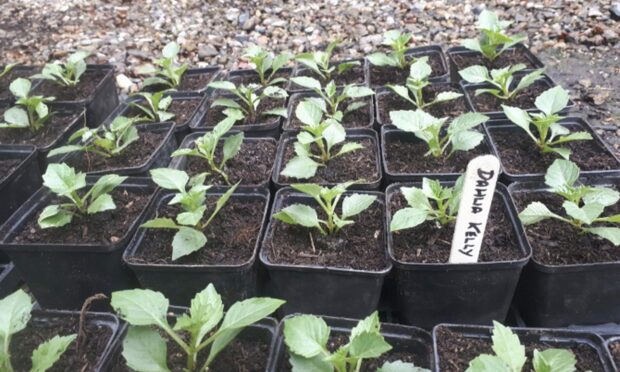
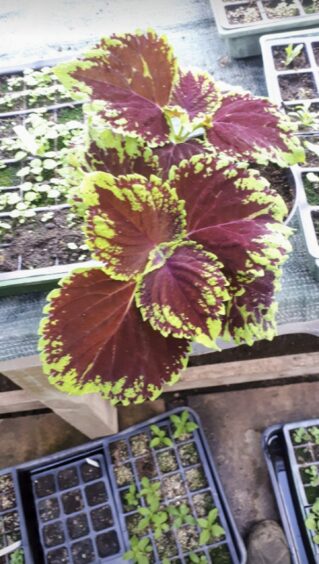
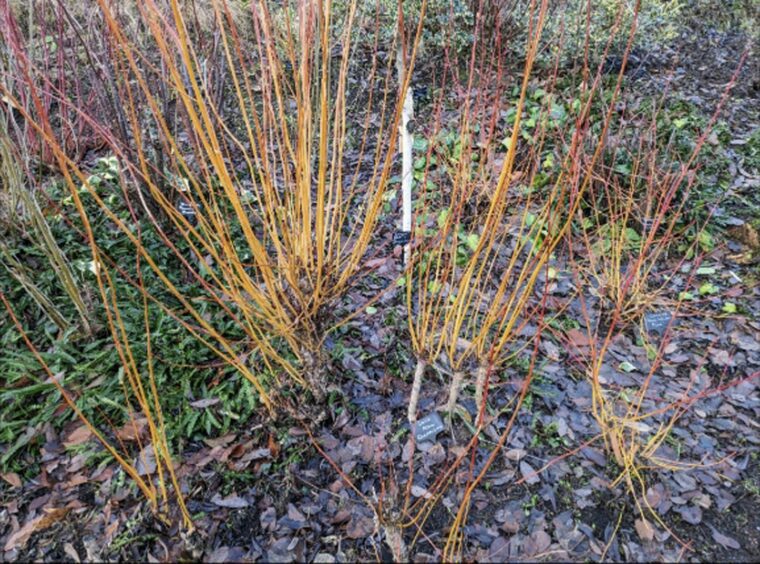
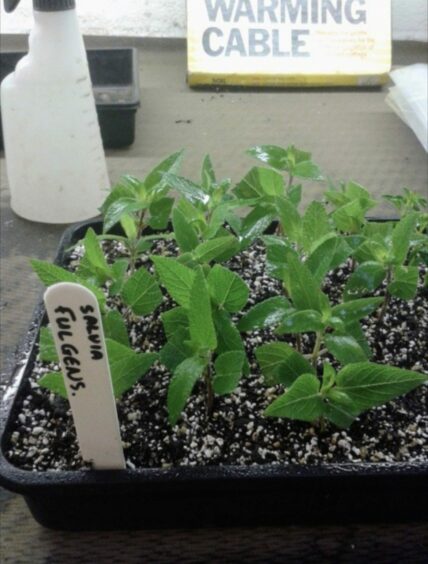
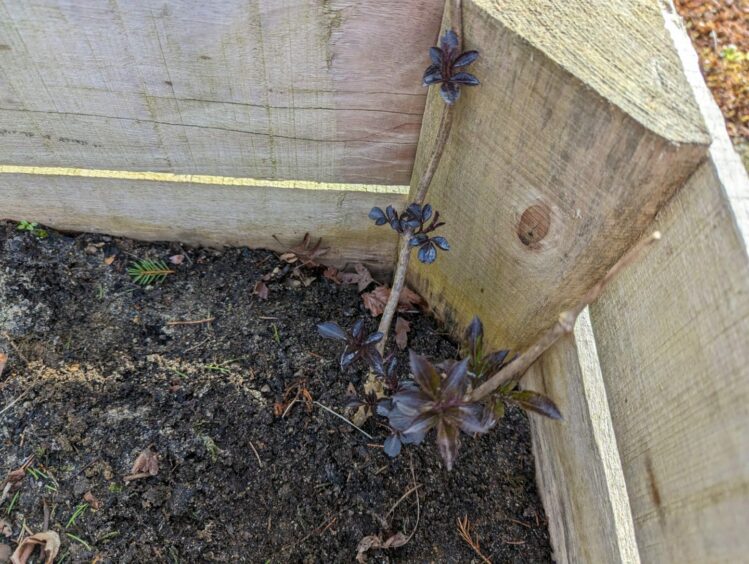
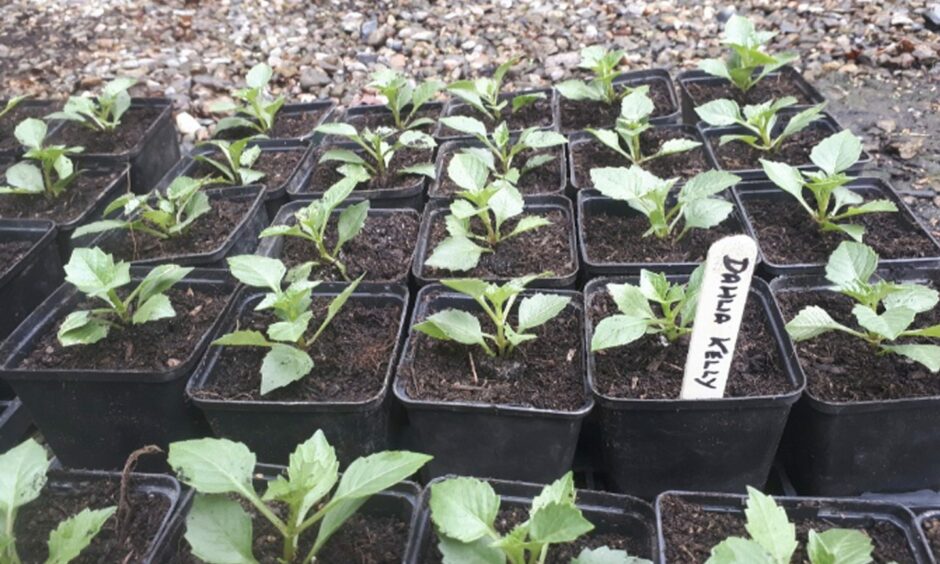
Conversation